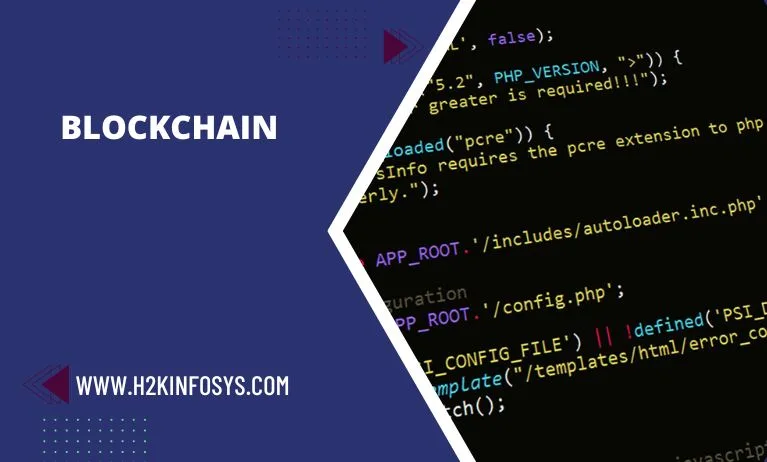Blockchain technology is a decentralized ledger of all the transactions over a peer-to-peer network. Blockchain will be a digital ledger of the transaction that is duplicated and distributed across the whole network of computer systems of blockchain. Each block in the chain contains several many transactions that are added to every time new transactions will occur on the blockchain, a record of that transaction is added to a participant’s ledger.
There were many purposes to create digital money in the past. There are prevailing trust issues. Bitcoin is designed to solve the problem by using a particular task type of database called a blockchain.
How will the transactions get to the blockchain?
There are many steps a transaction must go through before it will be added to the blockchain.
Authentication
This blockchain was designed to operate without any central authority but all the transactions do not have authentication. This can be done using cryptographic keys, a string of data that will identify the user and give access to their account of value on the system. Each of the users has a private key and a public key that everyone can see.
Authorization
Once the transaction will be agreed upon between the users, it needs to be approved or may be authorized as it is added to a block in the chain. The people who have the computers in the network are incentivized to verify transactions through the rewards. This work can be known as proof of work.
Proof of work
Proof of work will require the people who have the computers in this network to solve the problem that needs to add a block to the chain. Solving the problem is called mining. It has substantial computing power that uses a considerable amount of energy. This reward for undertaking the mining must outweigh the cost of the computer and the electricity cost of running them as one of the computers alone may take years to find the solution.
The risks with public blockchains
The blockchains have consensus rules based on a simple majority. There is a risk that malignant actors will influence the results of the system. With cryptocurrency, this will mean a group of miners controlling more than 50% of the mining computing power and also can influence what transactions are validated and added from the chain. Through the superior mining capacity, these fraudsters can build an alternative chain that ends up being longer than the true chain, and because a part of the bitcoin Nakamoto consensus protocol is the longest chain wins. In a very large blockchain, it has split and the pool of miners is smaller. In the case of bitcoin gold a 51% attack is possible.
Double spending
We have a risk that a participant with an example, one bitcoin will spend it twice and fraudulently receive goods to the value of bitcoins before providers of goods or services realize that money has been spent. This is an issue with any system of electronic money and is one principal reason behind clearing and settlement systems in traditional currency systems.
The rise of private blockchains
It means a bank or company will implement its blockchain and control which transactions will be added to the chain. It is still a secure system but like the traditional banking system, it is based on the trust of decision-makers.
Many companies developed a blockchain system that is based on hyper ledger fabric to trace the provenance of their products. Blockchain allows suppliers to provide the certificates of authenticity to the ledger securely, bringing more trust to a system and enabling the company to trace the products back to the source within seconds on other days. As the successful many trials with two products, the company wants to roll it out further.
Questions
- What is Blockchain?
- How does it help in money making?



























